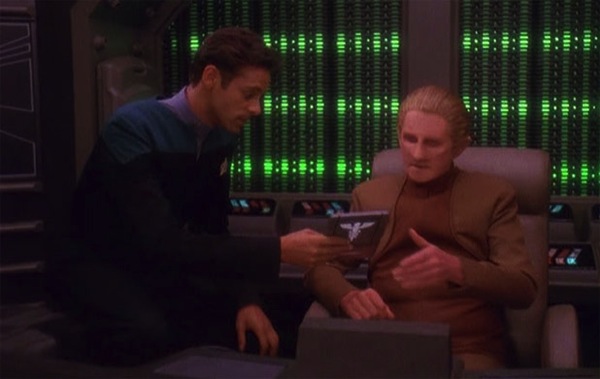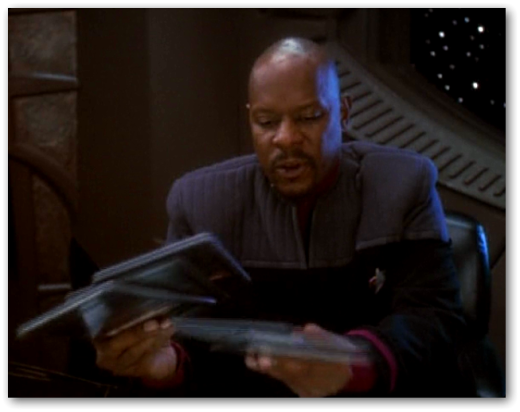I have been reflecting recently on what it was like to learn to program. The problem is, I don’t clearly remember: I do remember that there was a time when I was no good at it. When I could type a program in from INPUT or wherever, and if it ran correctly I was golden. If not, I was out of luck: I could proof-read the listing to make sure I had introduced no mistakes in creating my copy from the magazine, but if it was the source listing itself that contained the error, I wasn’t about to understand how to fix it.
The programs I could create at this stage were incredibly trivial, of the INPUT "WHAT IS YOUR NAME"; N$: IF N$="GRAHAM" THEN PRINT "HELLO, MY LORD" ELSE PRINT "GO AWAY ";N$ order of complexity. But that program contains pretty much most of what there is to computing: input, output, memory storage and branches. What made it hard? I’ll investigate whether it was BASIC itself that made things difficult later. Evidently I didn’t have a good grasp of what the computer was doing, anyway.
I then remember a time, a lot later, when I could build programs of reasonable complexity that used standard library features, in languages like C and Pascal. That means I could use arrays and record types, procedures, and library functions to read and write files. But how did I get there? How did I get from 10 PRINT "DIXONS IS CRAP" 20 GOTO 10 to building histograms of numeric data? That’s the bit I don’t remember: not that things were hard, but the specific steps or insights required to go from not being able to do a thing to finding it a natural part of the way I work.
I could repeat that story over and over, for different aspects of programming. My first GUI app, written in Delphi, was not much more than a “fill in the holes” exercise using its interface builder and code generator. I have an idea that my understanding of what I thought objects and classes were supposed to do was sparked by a particular training course I took in around 2008, but I still couldn’t point to what that course told me or what gaps in my knowledge it filled. Did it let me see the bigger picture around facts I already knew, did it correct a fallacious mental model, or did it give me new facts? How did it help? Indeed, is my memory even correct in pinpointing this course as the turning point? (The course, by the way, was Object-Oriented Analysis and Design Using UML.)
Maybe I should be writing down instances when I go from not understanding something to understanding it. That would work if such events can be identified: maybe I spend some time convincing myself that I do understand these things while I still don’t, or tell myself I don’t understand these things long after I do.
One place I can look for analogies to my learning experience is at teaching experience. A full litany of the problems I’ve seen in teaching programming to neophytes (as opposed to professional training, like teaching Objective-C programming to Rubyists, which is a very different thing) would be long and hard to recall. Tim Love, has seen and recorded similar problems to me (as have colleagues I’ve talked to about teaching programming).
A particular issue from that list that I’ll dig into here is the conflation of assignment and equality. The equals sign (=) was created in the form of two parallel lines of identical length, as no two things could be more equal. But it turns out then when used in many programming languages, in fact two things related by = could be a lot more equal. Here’s a (fabricated, but plausible) student attempt to print a sine table in C (preprocessor nonsense elided).
int main() {
double x,y;
y = sin(x);
for (x = 0; x <= 6.42; x = x + 0.1)
printf("%lf %lf\n", x, y);
}
Looks legit, especially if you’ve done any maths (even to secondary school level). In algebra, it’s perfectly fine for y to be a dependent variable related to x via the equality expressed in that program, effectively introducing a function y(x) = sin(x). In fact that means the program above doesn’t look legit, as there are not many useful solutions to the simultaneous equations x = 0 and x = x + 0.1. Unfortunately programming languages take a Humpty-Dumpty approach and define common signs like = to mean what they take them to mean, not what everybody else is conventionally accepting them to mean.
Maybe the languages themselves make learning this stuff harder, with their idiosyncrasies like redefining equality. This is where my musing on BASIC enters back into the picture: did I find programming hard because BASIC makes programming hard? It’s certainly easy to cast, pun intended, programming expertise as accepting the necessity to work around more roadblocks imposed by programming tools than inexpert programmers are capable of accepting. Anyone who has managed to retcon public static void main(String[] args) into a consistent vision of something that it’s reasonable to write every time you write a program (and to read every time to inspect a program, too) seems more likely to be subject to Stockholm Syndrome than to have a deep insight into how to start a computer program going.
We could imagine it being sensible to introduce neophytes to a programming environment that exposes the elements of programming with no extraneous trappings or aggressions. You might consider something like Self, which has the slot and message-sending syntax as its two features. Or LISP, which just has the list and list syntax. Or Scratch, which doesn’t even bother with having syntax. Among these friends, BASIC doesn’t look so bad: it gives you tools to access its model of computation (which is not so different from what the CPU is trying to do) and not much more, although after all this time I’m still not entirely convinced I understand how READ and DATA interact.
Now we hit a difficult question: if those environments would be best for beginners, why wouldn’t they be best for anyone else? If Scratch lets you computer without making mistakes associated with all the public static void nonsense, why not just carry on using Scratch? Are we mistaking expertise at the tools with expertise at the concepts, or what we currently do with what we should do, or complexity with sophistication? Or is there a fundamental reason why something like C++, though harder and more complex, is better for programmers with some experience than the environments in which they gained that experience?
If we’re using the wrong tools to introduce programming, then we’re unnecessarily making it hard for people to take their first step across the threshold, and should not be surprised when some of them turn away in disgust. If we’re using the wrong tools to continue programming, then we’re adding cognitive effort unnecessarily to a task which is supposed to be about automating thought. Making people think about not making people think. Masochistically imposing rules for ourselves to remember and follow, when we’re using a tool specifically designed for remembering and following rules.





